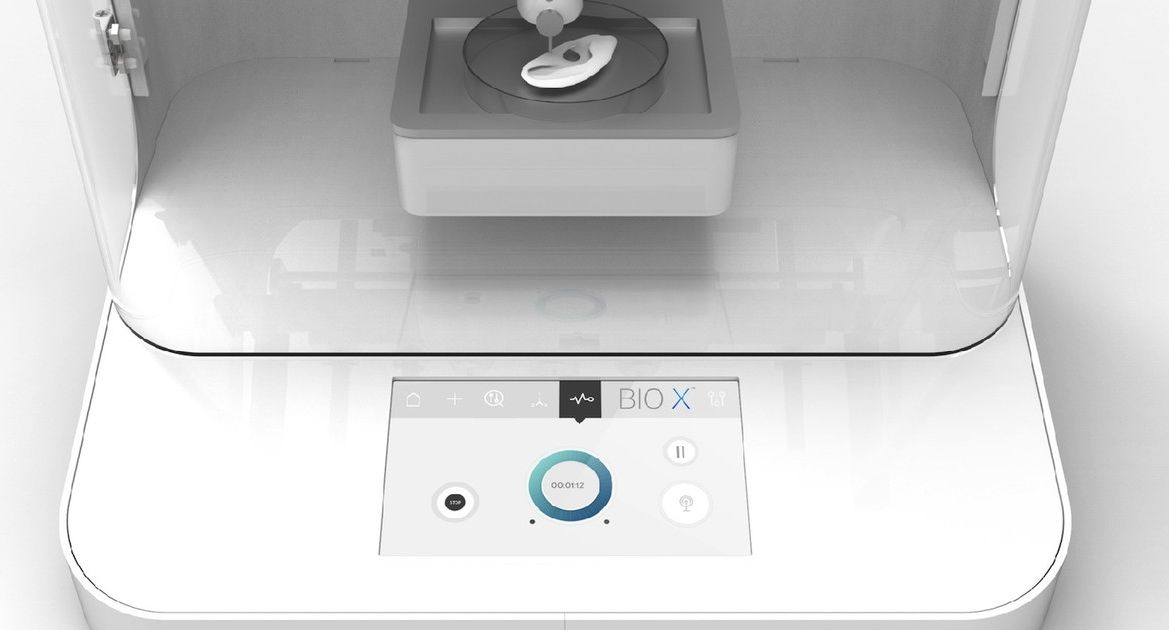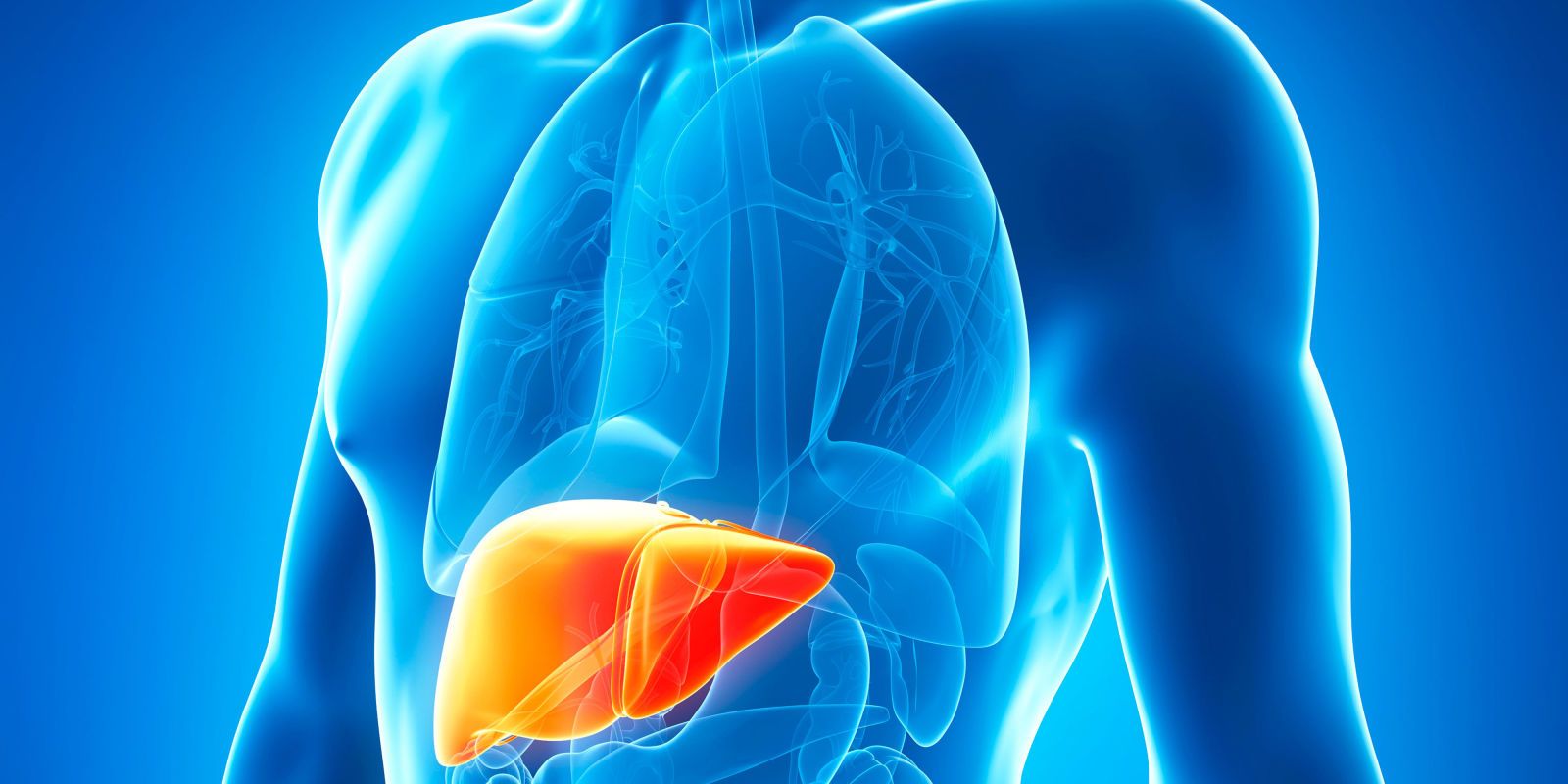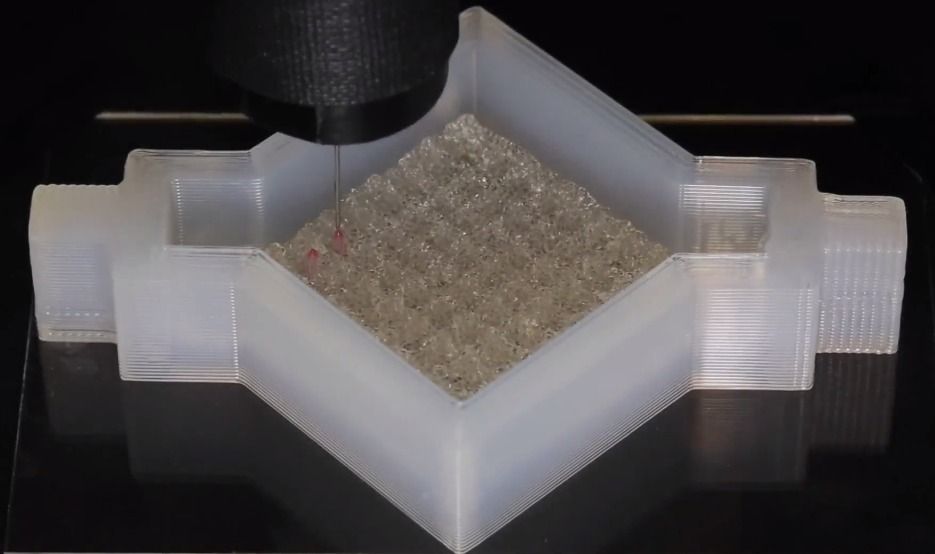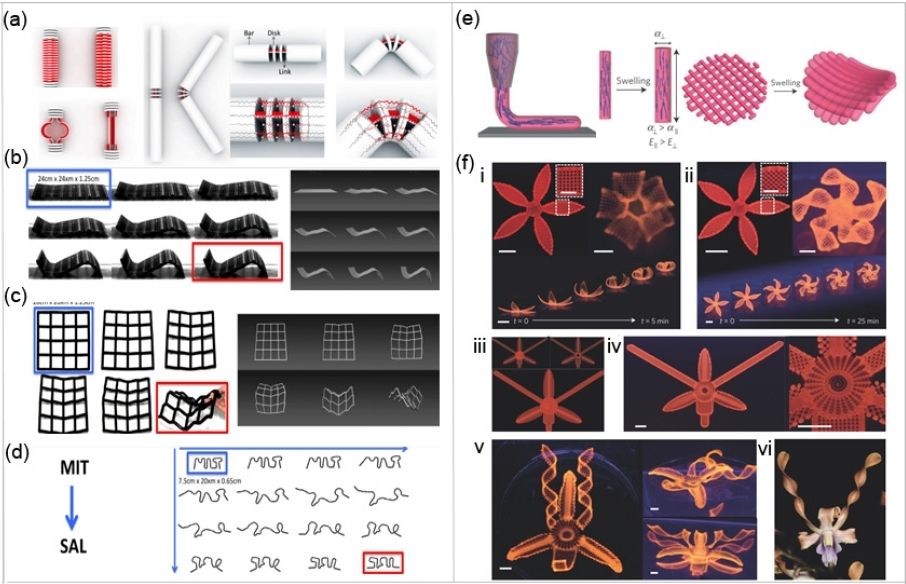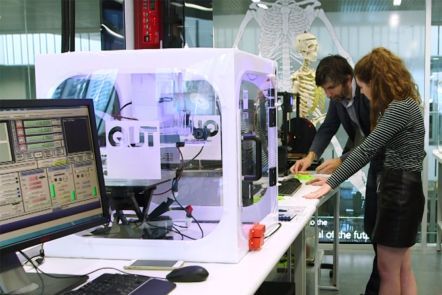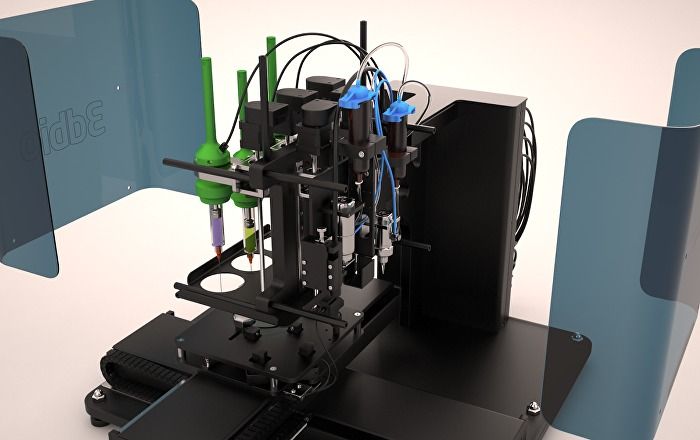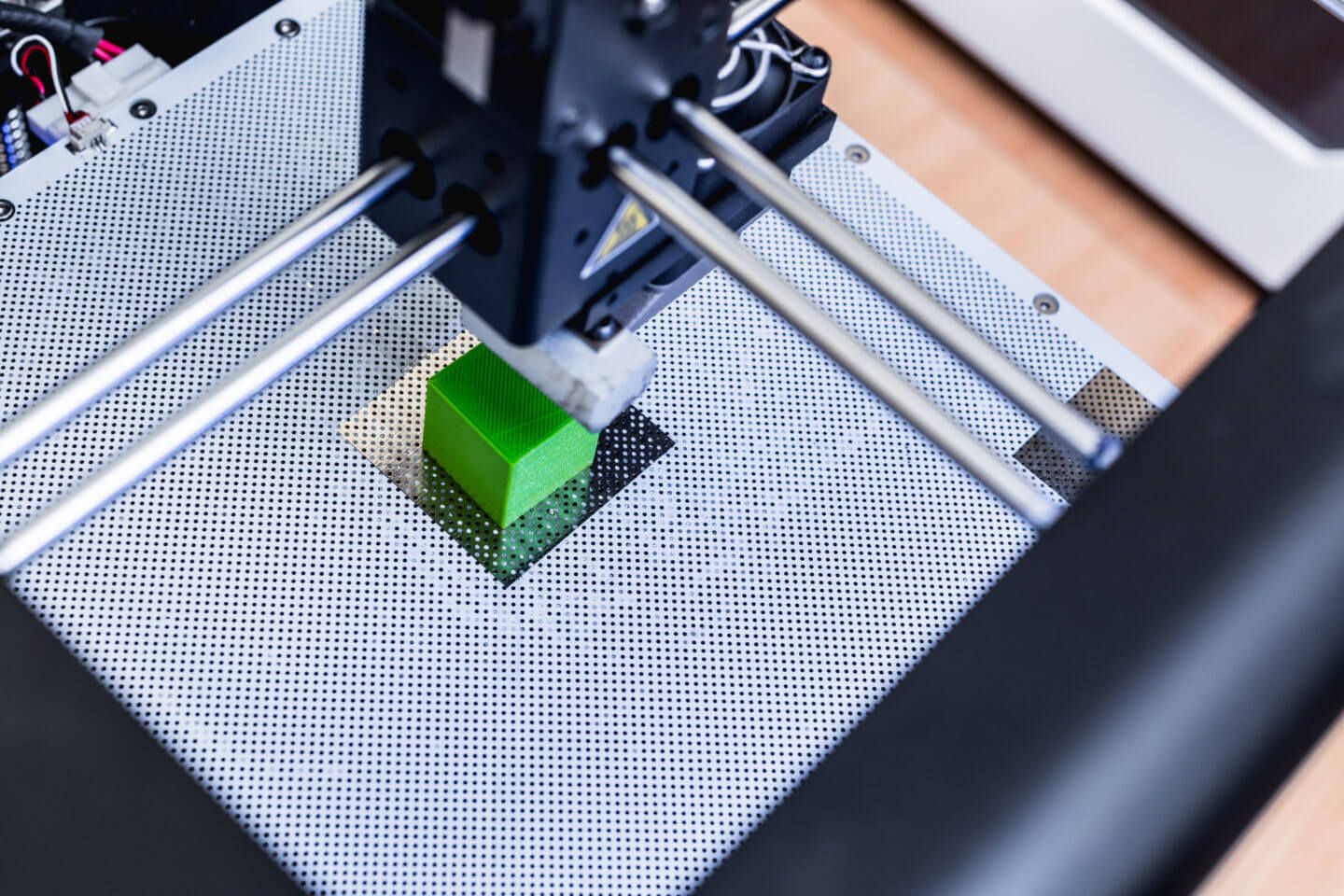
There’s really no sector in the United States (or much of the world) that has been untouched by the development of advanced manufacturing technologies – and no one seems to be underestimating the importance of the further development of those technologies in order to keep the country competitive. To that end, in 2014 the government established the National Network for Manufacturing Innovation (NNMI), more commonly known as Manufacturing USA.
The program brought together the industrial, academic, nonprofit and governmental sectors to establish a network of advanced manufacturing institutes for the purpose of accelerating new manufacturing technologies. President Obama proposed that the network grow to 45 institutes over the course of 10 years, and as of today, 12 have been established. The 12th, which was just announced by the Department of Defense, will be the Advanced Tissue Biofabrication (ATB) Manufacturing USA Institute, and will be led by the Advanced Regenerative Manufacturing Institute (ARMI), based in Manchester, New Hampshire.
“The investments we are making in advanced manufacturing, including today’s announcement, will ensure that the innovations needed to develop, manufacture and commercialize cutting-edge processes and materials will happen right here, in America,” said Defense Secretary Ash Carter. “They will provide important benefits to our war fighters and will help strengthen the economy that is the bedrock of our national security.”
